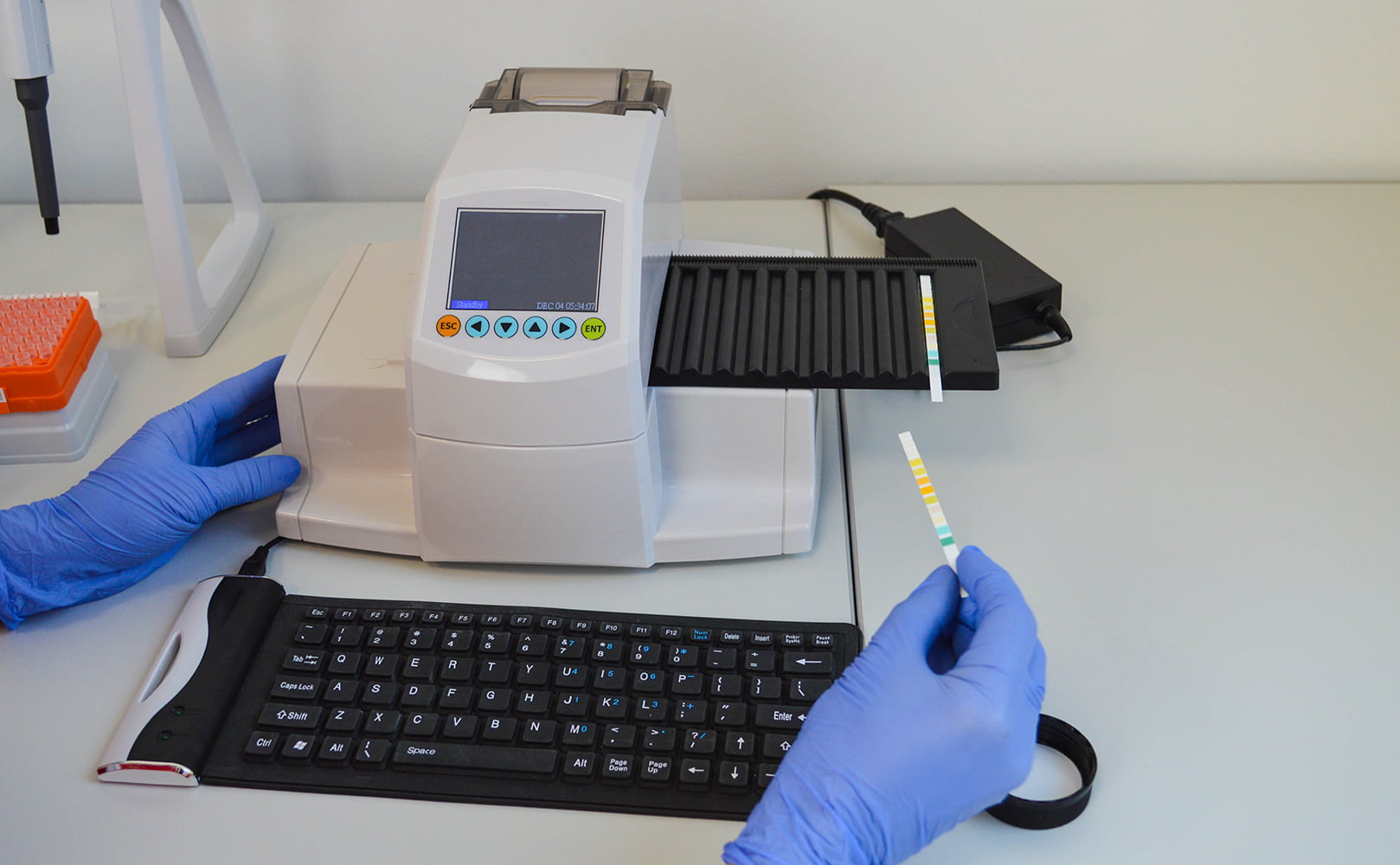How Much Does It Cost to Test Water for Lead?
Written by: Gene Fitzgerald // Last Updated: Jan 4, 2023
This page may contain affiliate links. If you buy a product or service through such a link we earn a commission at no extra cost to you. Learn more.
Lead won’t change how your water looks, smells, or tastes, so it’s impossible to tell if your water has lead just by using your senses. Rather, the only way to detect lead in your water is by getting it tested.
Not sure if you can afford a lead water test? No worries, we’re here to help!
This article will break down for you how much it costs to test water for lead.
Key Takeaways
Prices differ depending on how and where you test your water for lead:
- EPA-accredited labs: Expect to pay about $50-250 to have your water tested.
- You can ask your local water supplier for a Customer Confidence Report (CCR), which is free.
- Water filtration companies: Some will do this for free offering their products and filtration solutions afterward.
- You can use DIY lead water test kits which costs around $20-50.
How Much Does It Cost to Test Water for Lead? It Depends!
Different options are available for testing your water for lead, and the costs vary with each.
We’ve put together four lead water contamination tests and how much they cost. You can choose any of these tests based on what you can afford and are willing to spend.
EPA-Accredited Labs
A lab test is what’s most recommended for lead water contamination because, along with telling you whether lead is present, it also tells you exactly how much you are facing.
However, you can’t send off water samples to just any laboratory. It should be an EPA-accredited lab. This way, you can ensure that all the testing procedures meet the required standard, and you can trust the results.
To find an EPA-accredited lab, go to epa.gov and choose any accredited lab closest to you. You can also call the EPA’S hotline to find a lab near you.
EPA-accredited lab testing is most accurate and precise, but it comes at a price. Apart from the inconvenience you’d face collecting and mailing water samples to the lab, it’s also a bit more expensive. Although varying by state, expect to pay about $50-250 to run the test.
Your Local Water Supplier
You can also find out your water status through your local water supplier. All you need to do is ask them for a CCR (Customer Confidence Report).
A CCR is a water quality report that municipal water suppliers take annually. Since water suppliers must conduct water tests and publish their results, you can access the report and check for lead content in your water.
This option is entirely free, and usually you don’t even need to call your water supplier; you can simply get the report from their website.
Water Filtration Companies
Contacting a water filtration company is another way of getting your home’s water tested. Many companies will test your water for free. For example, companies like Ecowater, Kinetico, and RainSoft will send experts to your home, get your water tested, and offer free consultations based on what they find.
Go to these companies’ websites and schedule a date to get your free water test. Then wait for a representative to call you back.
Cost of a DIY Lead Water Test Kit
You can run a lead contamination test on your own with a DIY lead water test kit. These test kits contain multiple test strips that indicate the presence of lead in water with the help of colored pads.
DIY lead water testing kits are safe, fast, and easy to use. However, make sure to follow the instructions carefully if you want to get the most accurate results (which still aren’t always 100% reliable).
You can buy a DIY lead test kit for $20-50.
How Does Lead Enter Home Water Supplies?
Lead-contaminated water is caused by pipe corrosion.
There are two categories of pipelines that could corrode and release lead particles into a water; pipelines within your home or those connecting your home to the local water utility.
- Corrosion of house plumbing – Lead can enter your home’s water supply when lead pipes corrode. If you live in an old house constructed before 1986 – the year lead pipes were banned – then you probably still have lead pipes, solders, or fittings, spread around your home. You’ll need to replace them with metal (steel, copper) or plastic as soon as possible.
- Corrosion of lead service lines – Unfortunately, underground lead service lines can rust too and dissolve lead into drinking water, poisoning thousands of consumers in one go.
Why Is Lead in Drinking Water Dangerous?
Since the Flint water crisis, many people are now aware of the dangers of drinking lead-contaminated water.
It seriously affects the brain and other neurological systems, especially in children. This is because their developing brains and bodies readily absorb the heavy metal quicker than adults.
As a result, children and fetuses were more at risk of health issues during the Flint crisis. They suffered from more cases of brain damage, low IQ, and mental retardation.
Adults also face risks of cardiovascular diseases due to lead exposure. During the Flint crisis, adults had their hearts, lungs, and blood vessels compromised from lead accumulation in their system. The more they consumed lead-laden water, the worse their symptoms became.
Even moderate to low levels of lead contamination is dangerous and not to be taken lightly. It can cause serious harm to the brain and the entire body.
If you have any questions about how much it costs to test water for lead please don’t hesitate to leave a comment below!
Information provided on BOS is for educational purposes only. The products and services we review may not be right for your individual circumstances.
We adhere to strict editorial guidelines. Rest assured, the opinions expressed have not been provided, reviewed, or otherwise endorsed by our partners – they are unbiased, independent, and the author’s alone. Our licensed experts fact-check all content for accuracy. It is accurate as of the date posted and to the best of our knowledge.



